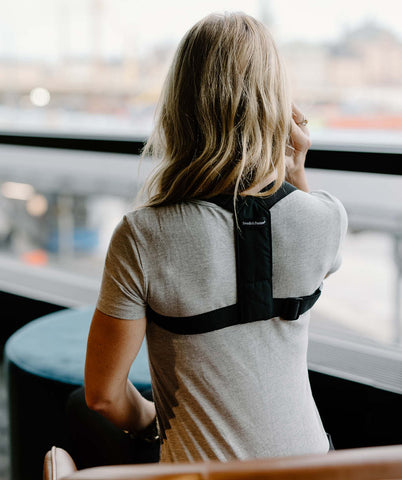Injury guide for Scoliosis
Injury Guide: Scoliosis
Scoliosis is a medical term describing an abnormal lateral movement and rotation of the spine, resulting in a C- or S-shaped curve instead of the normal straight line. Scoliosis can vary in severity and can impact a person's quality of life and health in various ways. Here's an injury guide that covers basic information about scoliosis:
Causes of Scoliosis:
- Idiopathic Scoliosis: The most common form of scoliosis where the cause is unknown. It can develop during childhood or adolescence.
- Congenital Scoliosis: Arises due to congenital spinal defects.
- Neuromuscular Scoliosis: Caused by neurological or muscular conditions like cerebral palsy or muscular dystrophy.
- Degenerative Scoliosis: Develops as part of aging and degenerative changes in the spine.
Symptoms:
- Uneven shoulder height.
- One hip higher than the other.
- One side of the back appears more protruded or convex than the other.
- Possible asymmetry in posture.
- Back pain or discomfort.
Diagnosis:
- Physical Examination: The doctor performs a visual inspection of the back and posture.
- X-rays: Images are used to measure the degree of scoliosis and determine the curve's shape.
- Sometimes additional tests like MRI or CT scans might be used to assess any underlying causes.
Treatment:
- Observation: Minor curves that don't worsen might only require regular monitoring.
- Physical Therapy: Exercises focusing on strengthening back muscles and improving posture.
- Bracing: Used to slow down or prevent curve progression, especially in growing children.
- Surgery: Considered if scoliosis is severe and progressive. Surgery involves correcting the spine using metal rods and screws.
- Pain Management: Pain treatment can be used when necessary to manage discomfort.
Preventive Measures:
- Early detection and treatment of scoliosis can reduce the risk of severe complications.
- Regular check-ups and spine screenings during growth periods are important.
Summary:
Scoliosis is an abnormal lateral curve in the spine that can be caused by various factors. It's important to diagnose and treat scoliosis early to prevent potential complications and enhance the quality of life for affected individuals.
Please note that this injury guide provides basic information only. Always consult a medical professional for accurate diagnosis and treatment advice if you suspect scoliosis.






